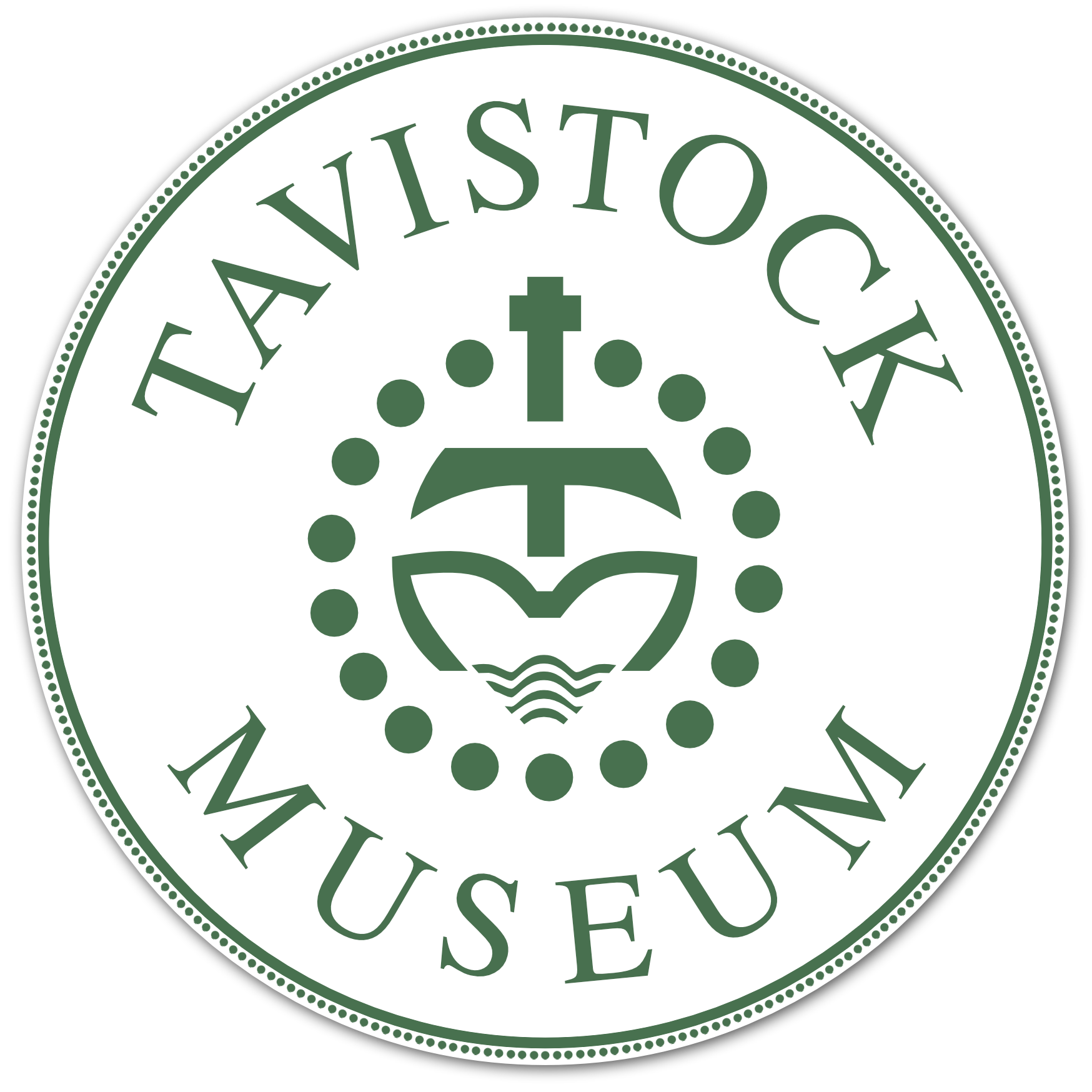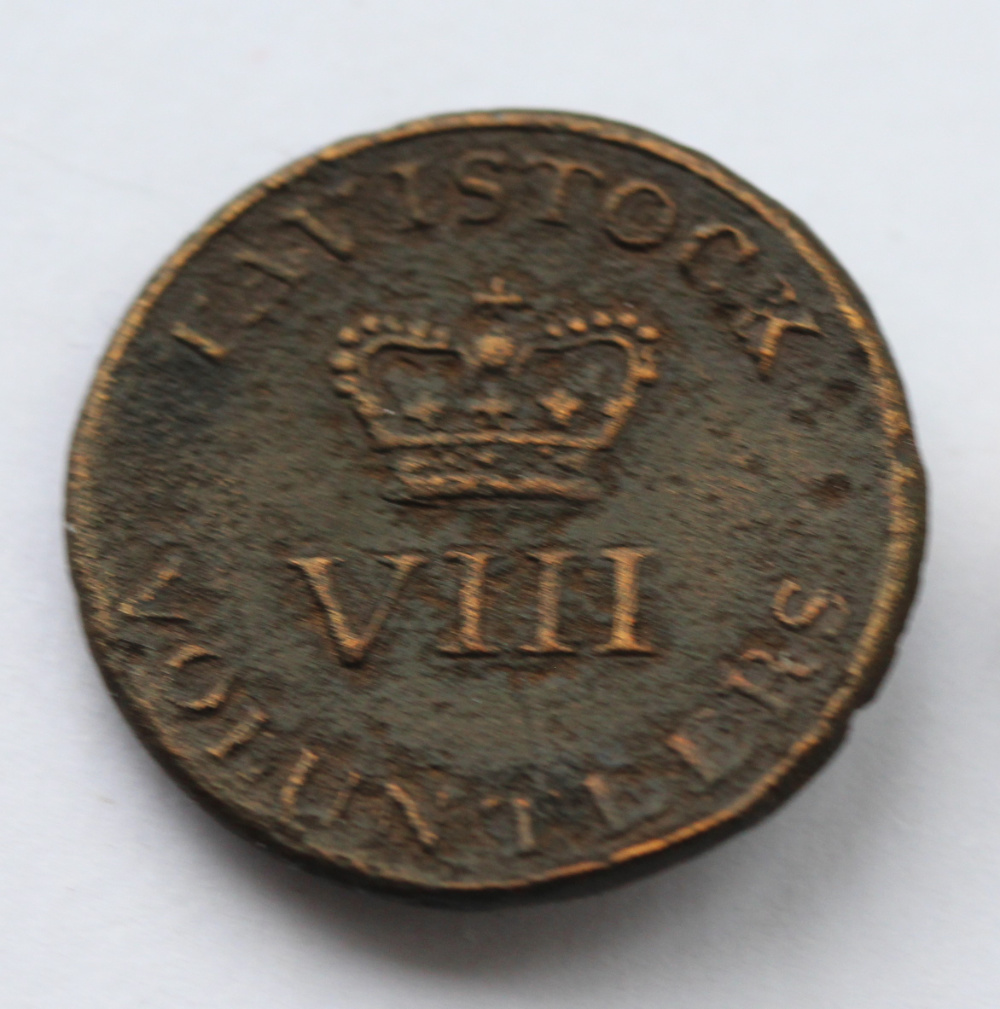Recently donated to the museum by a Tavistock resident, this small button comes from a military tunic and is about the size of a 20p piece. It is a rare – possibly unique – survivor from the days when the Tavistock Volunteer Corps helped defend our shores from a French invasion force.
The Volunteer Act of 1794 tasked the Lord Lieutenants of the counties to organise committees and obtain subscriptions from wealthy donors, in order to raise groups of volunteers and provide them with military training. These volunteers fulfilled three roles: to help man coastal batteries, to augment the regular militia and to form cavalry troops, called yeomanry. These volunteers were only required to serve in their own localities.
Initially, recruitment was slow but this soon changed as relations with the French Revolutionary Council deteriorated. The invasion by French troops at Fishguard in 1897 was easily repulsed but it brought home the possibility of a full-French invasion and thus helped boost recruitment. At its peak there were about 300,000 men in the Volunteer Corps. This successful recruitment partly enabled Britain to avoid the unpopular measure of conscription. Most of the recruits at officer level were from the gentry and its enlisted ranks were shopkeepers and tradesmen. In the museum, we have a silver plaque dating back to 1799, which was awarded to the best shot from the Tavistock Volunteer Corps.
Despite the eventual success of the Volunteer Corps’ recruitment drive, the British Government were cautious about providing military training to the public at a time of social unrest and political change. Following the Peace of Amiens in 1802, the Volunteer Corps were therefore hastily disbanded, only to be reformed in 1803 when the threat of an invasion by Napoleon loomed.
Internet sources record the Tavistock Volunteer Corps being re-formed under the command of William Bray on the 21st May 1803. A prominent member was John Taylor; taking time off from canal building. Following the Battle of Trafalgar in 1805 this threat too was removed and once again the Volunteer Corps were disbanded.
It is believed that the button above, now on display at the museum, dates back to this later period, probably between 1803-1806.

